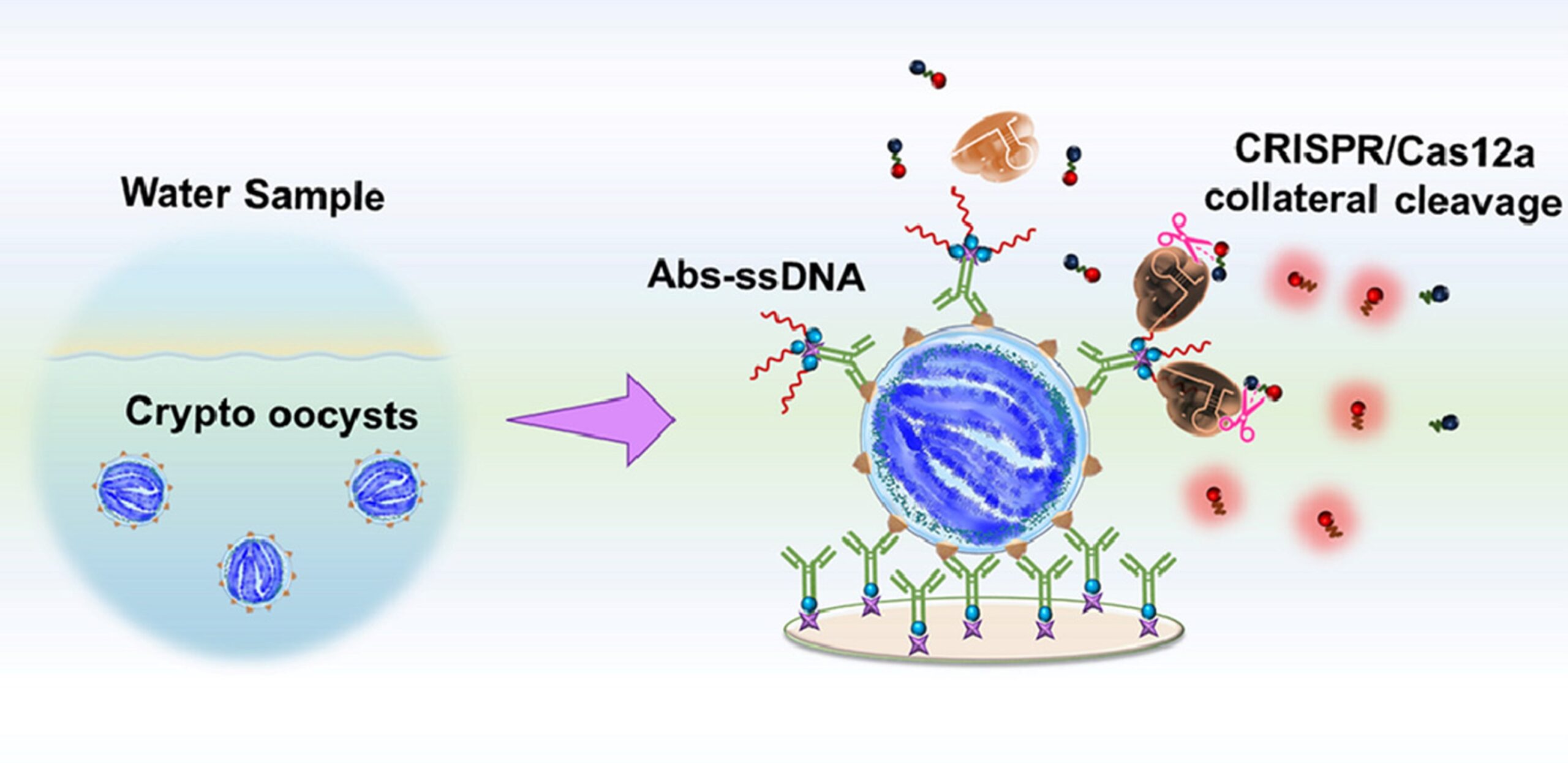Water Tech Spotlight: the latest technology developments in the water industry | September 2021
Technological solutions and innovations are essential to secure a water-wise future. Water Tech Spotlight is a monthly blog which aims to highlight the latest technology developments in the water industry globally. Scroll down to find out more.
1. THE WORLD’S FIRST VALIDATED, MUNICIPAL UV LED DISINFECTION INSTALLATION
The world’s first municipal scale UV LED Installation at Cumwhinton Drinking Water Plant in Cumbria, UK. The use of UVC-LED for water disinfection has been researched for past 10 years and yet the persisting challenge is how to apply a small, low-power, mercury-free LED to a system suitable for a full-scale application. Typhon, a UK‐based manufacturer of UV LED water treatment systems has developed the world’s first validated municipal‐scale UV LED disinfection system which will be installed at Cumwhinton, a United Utilities water treatment plant in the Northwest of England. Read More…
2. ASSESSING DEVELOPMENTAL NEUROTOXICITY IN COMPUTER LANGUAGE
To fully understand the long term consequences of toxic substances in the environment, researchers at the Eawag Water Research Institute have developed a computer model that can map the complexity of the nervous system and make predictions about which chemicals might impair the nervous system and in what way. The results are published in Frontiers in Genetics. Read More…
3. HIGH-SELECTIVE PSEUDOCAPACITIVE ELECTRODE FOR WATER SOFTENING
Recent years have seen a growing interest in the use of capacitive deionization as a novel water treatment technology. Researchers at the Hefei Institutes of Physical Science (HFIPS) of the Chinese Academy of Sciences (CAS) recently developed a pseudo-capacitive electrode with high efficiency and selective electrosorption of hardness ions for water softening. Read More…
4. NEW METHOD IMPROVES DETECTION OF HARMFUL MICROSCOPIC PARASITES IN WATER

CRISPR technology has been shown to identify the presence of harmful Cryptosporidium microbes in water samples. Image courtesy of UNSW
Published in Water Research, an ultrasensitive CRISPR/Cas12a-powered immunosensing method is proposed by engineers from University of New South Wales (UNSW) to quickly and easily identify potentially fatal Cryptosporidium microorganisms. The system produces a distinctive fluorescent glow in the water sample when Cryptosporidium is found. Read More…
5. A GREEN ENERGY INNOVATION FOR WATER SPLITTING
Green hydrogen is a promising clean energy source with great potential to achieve carbon neutrality. At present, electrochemical water splitting is the simplest way to obtain green hydrogen (H2) but yet to be commercialised. Now, a team of researchers from Pusan National University, Korea, have developed a novel electrocatalyst that can enable commercial on-site production of hydrogen from water splitting in an energy and cost-efficient way, and their work is published in Applied Catalysis B: Environmental. Read More…
6. NEW FILTERING METHOD PROMISES SAFER DRINKING WATER
Reported in the Proceedings of the National Academy of Sciences, researchers at the Tufts University School of Engineering have developed novel polymer membranes that can mimic the highly selective properties of biological cells and thus separate fluoride from chloride and other ions with twice the selectivity reported by other methods. Read More…
Disclaimer
The International Water Association (IWA) is not liable for any damages arising in contract, tort or otherwise from the use of or inability to use WaterTech Spotlight or any material contained in it, or from any action or decision taken as a result of using it. The contents of WaterTech Spotlight do not comprise the IWA’s views; they do not constitute legal or other professional advice. You should consult your professional adviser for legal or other advice. IWA is not responsible for the content of any linked site or any link in a linked site. IWA is not responsible for any transmission received from any linked site. The links are provided to assist readers and the inclusion of a link does not imply that IWA endorses or has approved the linked site.

